Why Native Fish Matter More Than You Think
Native fish species are the unsung heroes of our aquatic ecosystems. Often overshadowed by more charismatic wildlife like bears, wolves, or eagles, these aquatic residents play critical roles that extend far beyond their watery homes. From maintaining ecological balance to providing cultural significance for indigenous communities, native fish species contribute to our world in countless ways that many of us rarely consider. This article explores the multifaceted importance of native fish and why their conservation should be a priority for everyone, not just fishing enthusiasts or marine biologists.
Ecological Keystones: Native Fish as Ecosystem Engineers
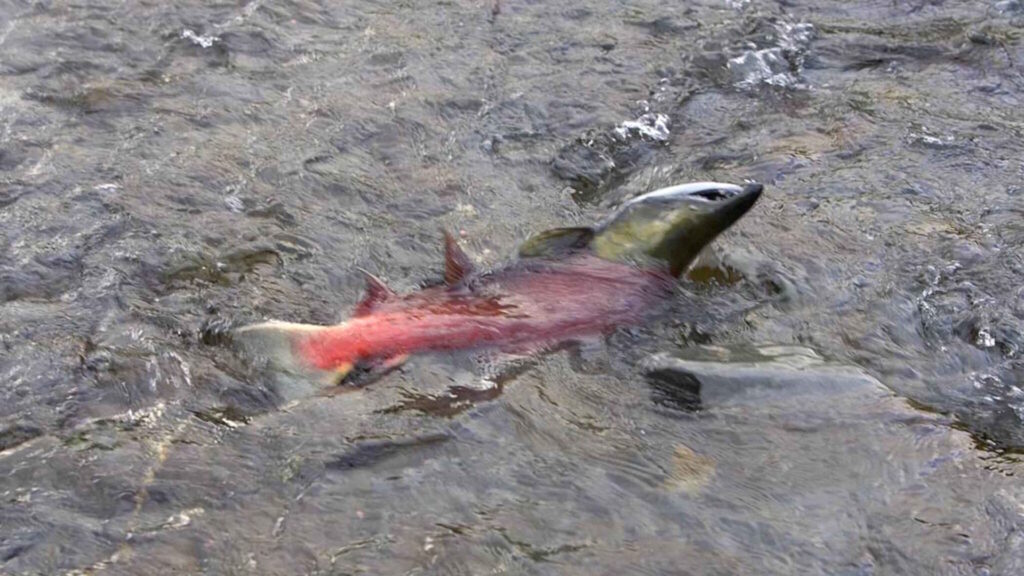
Native fish species often function as keystone species, meaning they have disproportionately large effects on their environments relative to their abundance. Take salmon, for example, which transport marine nutrients into freshwater systems when they swim upstream to spawn, effectively fertilizing entire river ecosystems. These nutrients support not just aquatic life but also riparian vegetation and the myriad terrestrial animals that depend on these plants. In the Great Lakes region, species like lake sturgeon help maintain benthic communities by stirring up sediment as they feed, creating microhabitats for smaller organisms. Without these ecological engineers, entire ecosystems would unravel, affecting everything from water quality to the survival of other species that depend on the services these fish provide.
Biodiversity Guardians: How Native Fish Maintain Aquatic Balance
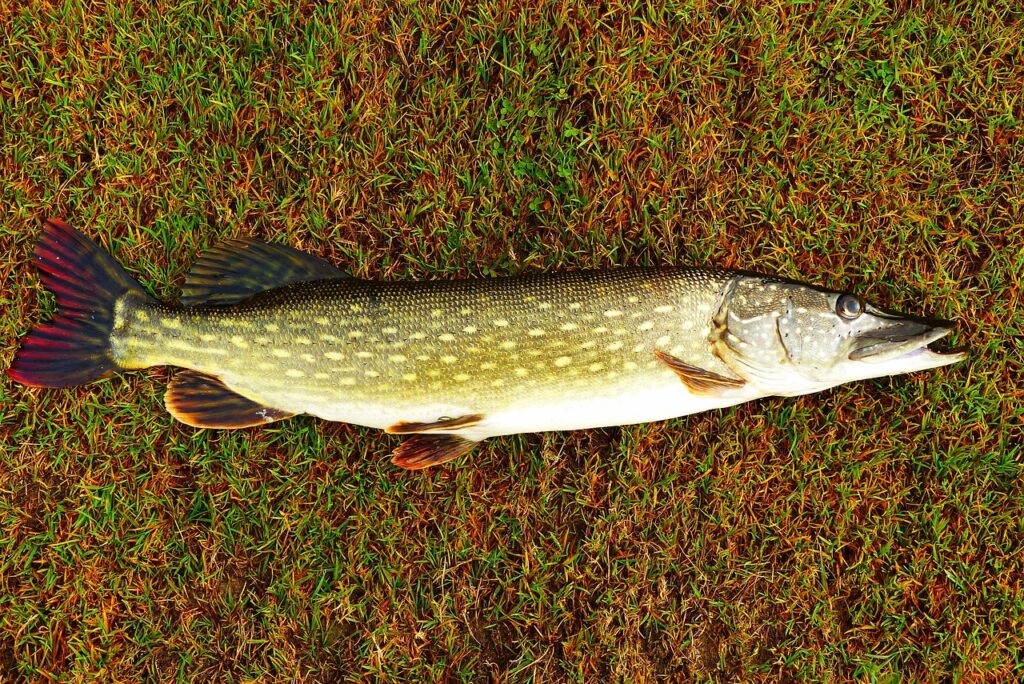
Native fish have evolved alongside other species in their ecosystems over thousands of years, creating intricate relationships that maintain biodiversity. They control populations of prey species, preventing any single organism from dominating the ecosystem and potentially causing harmful algal blooms or oxygen depletions. For instance, native predatory fish like pike or bass help keep smaller fish populations in check, which in turn prevents overgrazing of zooplankton that control algae. This natural balance prevents the system from tipping toward eutrophication, a process where excess nutrients lead to harmful algal blooms. Additionally, different native fish species occupy various niches within the same body of water, utilizing resources in complementary ways that maximize the ecosystem’s productivity and resilience.
Cultural Significance: Native Fish in Indigenous Heritage
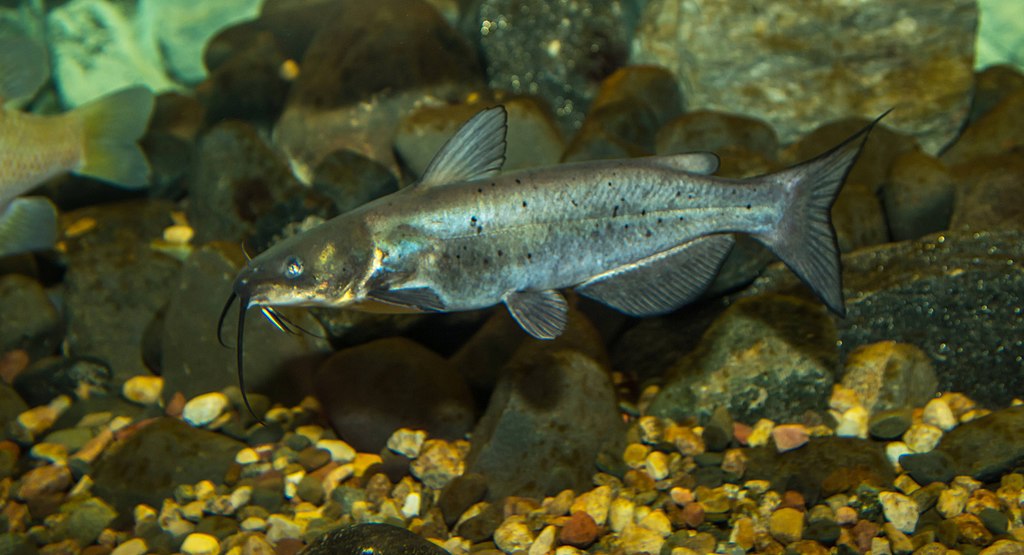
For many indigenous communities across the globe, native fish species represent far more than just food sources—they are integral components of cultural identity and traditional ways of life. The Pacific Northwest’s Native American tribes have centered their cultures around salmon for millennia, with elaborate ceremonies honoring the fish’s annual return and traditional fishing methods passed down through generations. Similarly, cod has been central to the Inuit communities of the Arctic, while catfish and gar hold cultural significance for tribes along the Mississippi. These cultural connections extend beyond sustenance to include spiritual beliefs, creation stories, and sustainable harvesting practices that have helped maintain fish populations for thousands of years. The loss of native fish species, therefore, represents not just an ecological tragedy but a profound cultural loss as well.
Economic Engines: The Financial Impact of Healthy Native Fish Populations

The economic value of native fish extends far beyond commercial fishing industries, though these are certainly significant. Recreational fishing for native species generates billions in revenue annually, supporting tackle shops, boat manufacturers, guides, lodges, and tourism in many rural communities that might otherwise struggle economically. In the United States alone, anglers spend over $48 billion annually on equipment, licenses, trips, and related expenses. Additionally, healthy native fish populations reduce water treatment costs by naturally filtering contaminants and maintaining water quality in lakes and rivers. The economic ripple effects extend to property values, which tend to be higher near clean waters with abundant native fish, and to industries that depend on clean water, from brewing to manufacturing.
Biological Indicators: How Native Fish Tell Us About Environmental Health
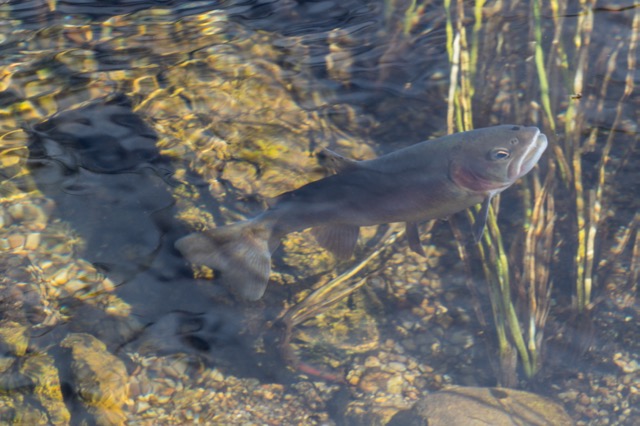
Native fish serve as excellent biological indicators of environmental health because they’re sensitive to changes in water quality, temperature, and habitat structure. Many species have specific requirements for dissolved oxygen, pH levels, and temperature ranges, making them early warning systems for environmental degradation. For instance, the disappearance of brook trout from a stream system often indicates acidification, while declining populations of sensitive minnow species might signal increasing pollutant levels. Scientists and environmental agencies regularly monitor native fish populations as part of water quality assessment programs, using their presence or absence as a more comprehensive measure than chemical testing alone. This biological monitoring provides a time-integrated picture of environmental conditions rather than the snapshot provided by a single water sample.
Genetic Libraries: The Irreplaceable Value of Native Fish Diversity
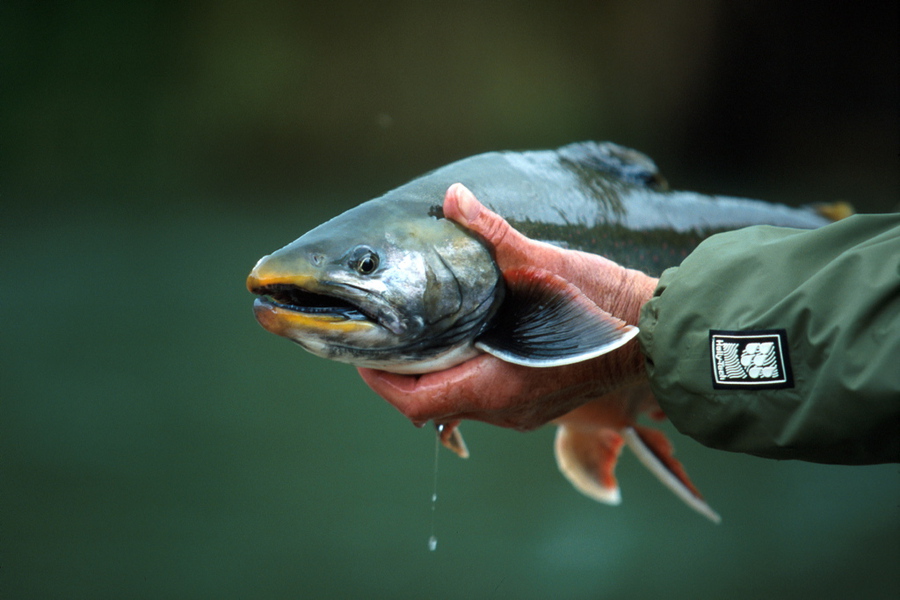
Each native fish species represents a unique genetic library developed through millions of years of evolution, containing adaptations to specific environmental conditions that could prove invaluable for future challenges. These genetic resources might hold solutions to disease resistance, climate adaptation, or pharmaceutical development that we haven’t yet discovered. For example, the antifreeze proteins in Arctic and Antarctic fish have applications in medicine and food preservation, while other species produce compounds with potential cancer-fighting properties. The loss of a native fish species means the permanent erasure of this genetic information and all its potential benefits. Additionally, the genetic diversity within fish populations provides resilience against diseases and changing environmental conditions, making conservation of not just species but genetic variation within species critically important.
Climate Resilience: How Native Fish Help Ecosystems Adapt

As climate change alters aquatic environments, native fish species that have evolved in these systems provide crucial resilience. Their genetic adaptations to local conditions and natural variations help buffer ecosystems against changing temperatures, precipitation patterns, and extreme weather events. For example, desert pupfish that have evolved to tolerate extreme temperatures and salinity fluctuations may help maintain ecosystem function as conditions become more variable. Furthermore, the complex food webs supported by diverse native fish communities create redundancies that help maintain ecosystem function even when some species are stressed. Research has shown that aquatic ecosystems with intact native fish assemblages recover more quickly from disturbances like floods or droughts than those dominated by non-native species.
Invasive Species Defense: The Native Advantage
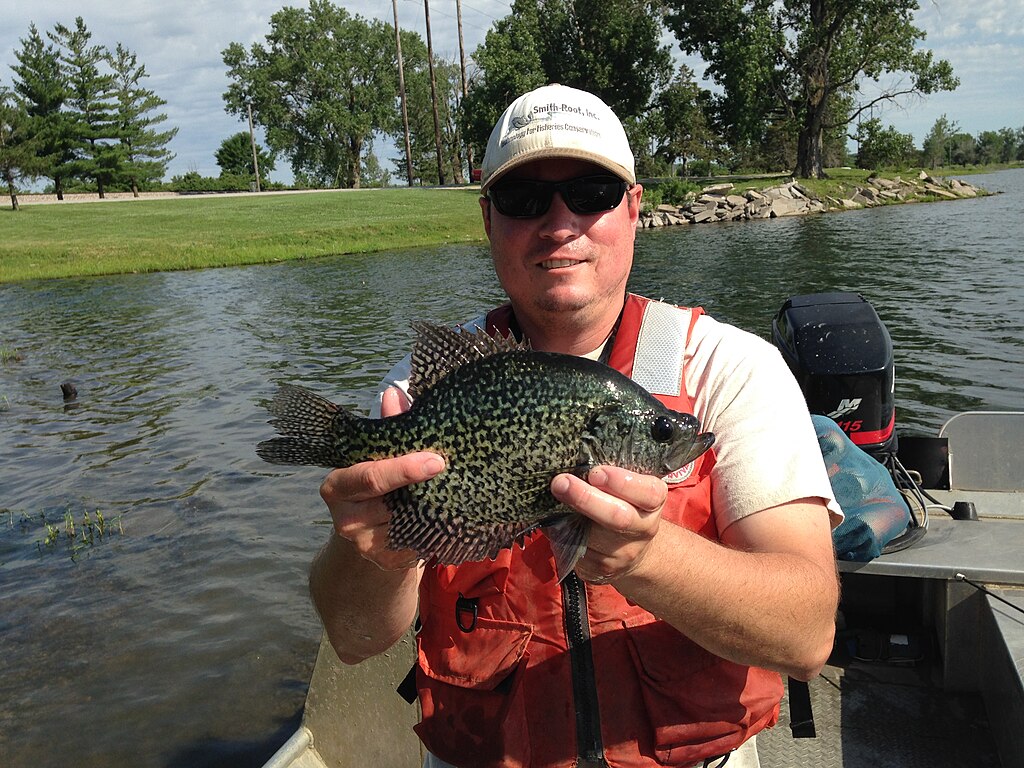
Native fish communities that remain intact are often more resistant to invasive species, providing a natural defense against biological invasions that can devastate aquatic ecosystems. These established communities utilize available resources efficiently, leaving fewer opportunities for invasive species to gain a foothold. For instance, diverse native fish assemblages in the Great Lakes have been shown to limit the spread of invasive round gobies in certain habitats where predation pressure from natives is high. Additionally, native species are already adapted to local parasites and diseases, whereas introduced species may bring new pathogens that can devastate native populations lacking immunity. Conservation of native fish diversity thus serves as a preventative measure against biological invasions that can cost billions in economic damages and control efforts.
Educational Treasures: Native Fish as Windows to Understanding

Native fish provide incredible educational opportunities that connect people to local environments and ecological concepts. School programs centered around native fish captivate students’ interest while teaching principles of biology, ecology, and conservation. Species like salmon, with their dramatic migrations and life cycle transformations, make complex concepts like adaptation and interconnectedness tangible for learners of all ages. Public aquariums featuring local native species rather than just exotic displays help visitors develop an appreciation for the unique aquatic life in their region. Additionally, citizen science programs monitoring native fish engage community members in meaningful scientific work while fostering environmental stewardship and providing valuable data for conservation efforts.
Pharmaceutical Potential: Medicine from the Waters
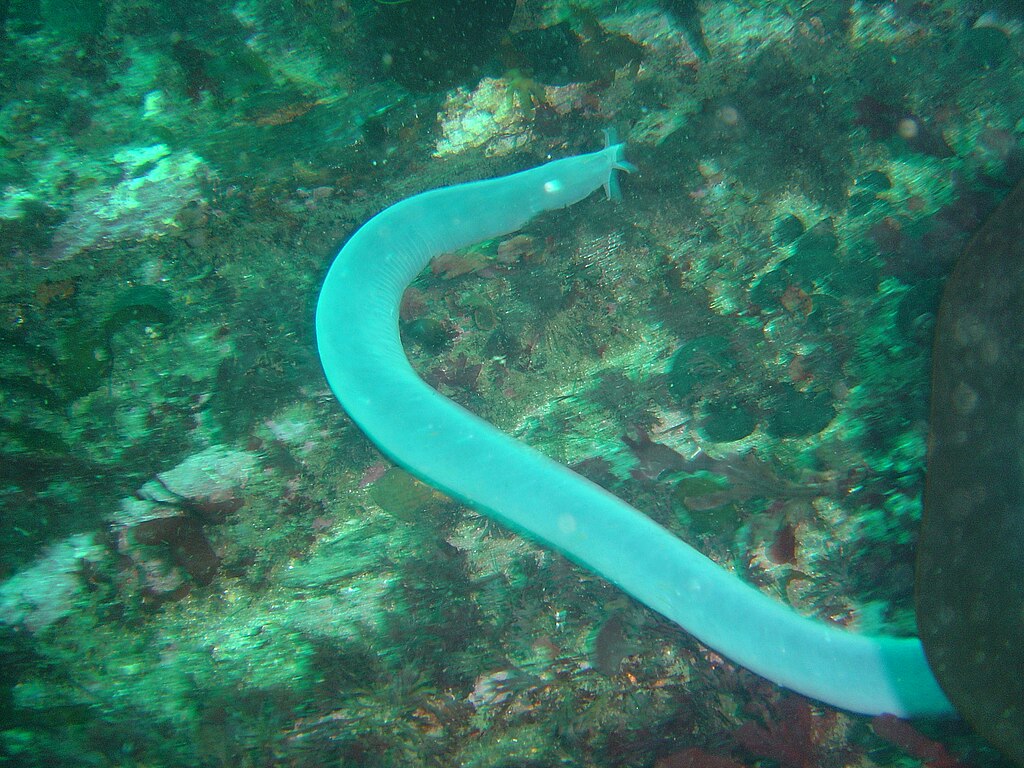
The biochemical adaptations of native fish species represent a largely untapped resource for medical and pharmaceutical research. Many fish produce unique compounds to defend against predators, fight disease, or cope with environmental stressors—compounds that could have applications in human medicine. For example, the hagfish produces slime with properties being studied for developing new types of hydrogels for wound treatment, while certain killifish contain compounds with anti-cancer properties. The winter flounder produces an antifreeze protein that researchers are investigating for use in preserving organs for transplantation. Unlike terrestrial environments that have been extensively surveyed for medicinal compounds, aquatic ecosystems remain relatively unexplored, making native fish conservation essential for preserving these potential medical resources before we’ve even discovered them.
Historical Records: Native Fish as Environmental Historians
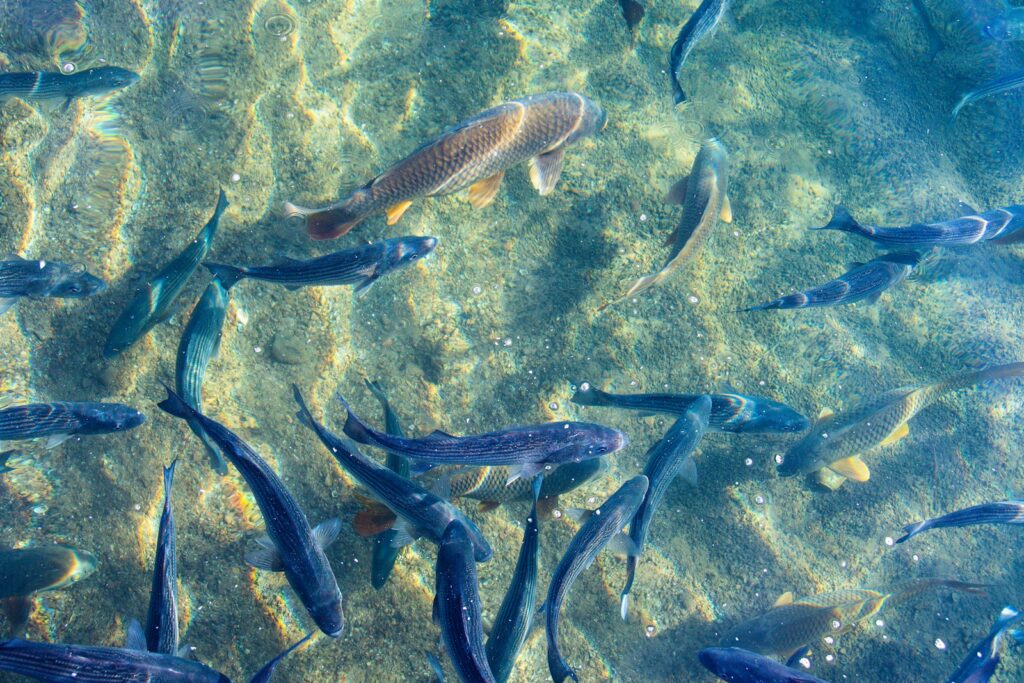
Native fish carry within them records of environmental history that scientists can read to understand past conditions and changes. The ear stones (otoliths) of fish grow throughout their lives, laying down annual rings similar to tree rings that record water chemistry, temperature, and other environmental variables. Fish scales and bones preserved in lake sediments provide evidence of population changes, species composition, and environmental conditions going back hundreds or even thousands of years. These natural archives help scientists establish baseline conditions before human impacts, understand natural cycles and variations, and distinguish between anthropogenic changes and natural fluctuations. This historical perspective is invaluable for setting realistic restoration goals and understanding the trajectory of environmental change in our waters.
Threats and Conservation: Protecting Our Aquatic Heritage
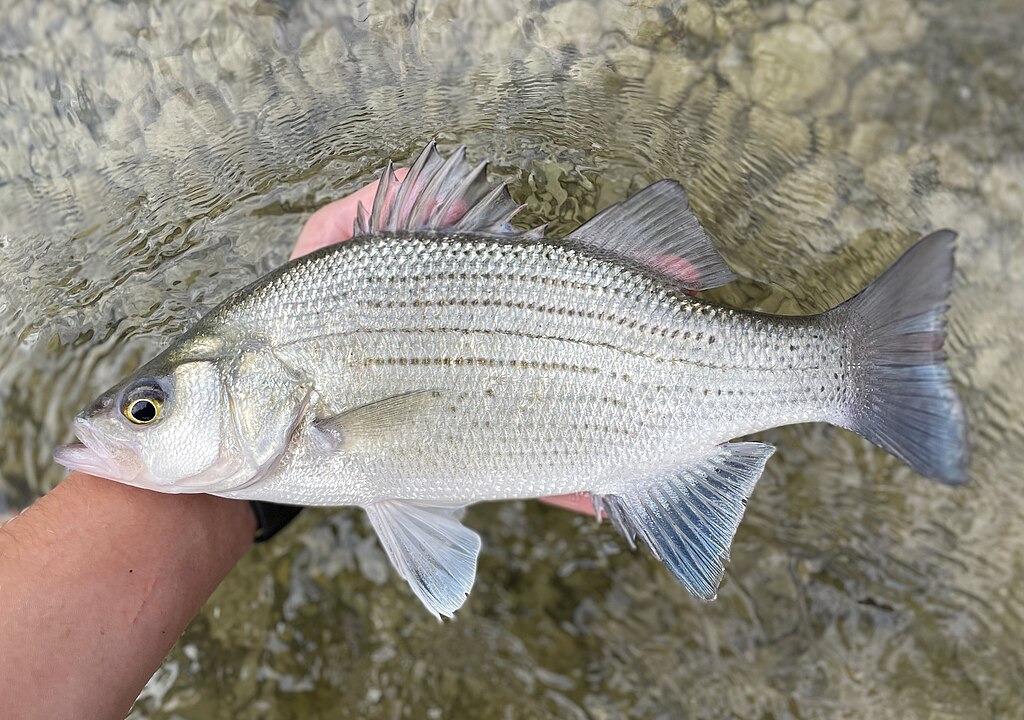
Despite their importance, native fish face unprecedented threats from habitat destruction, pollution, overfishing, climate change, and invasive species. In North America alone, nearly 40% of freshwater fish species are considered imperiled, with similar concerning trends worldwide. Conservation efforts must address these multiple stressors through integrated approaches, including habitat restoration, pollution control, sustainable fishing practices, and invasive species management. Successful conservation stories like the recovery of Apache trout in Arizona or Atlantic salmon in some European rivers demonstrate that dedicated efforts can reverse declining trends. Public awareness and support are crucial, as is recognizing that protecting native fish requires addressing both local impacts and global challenges like climate change and international fishing practices.
Conclusion
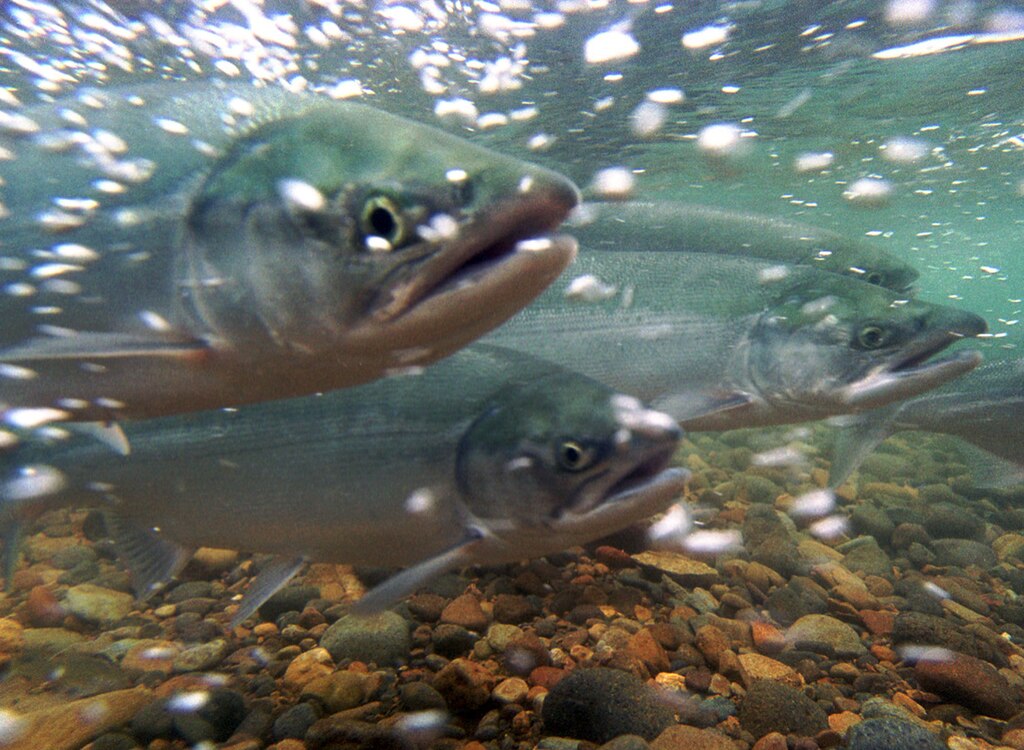
Native fish matter far more than most people realize, serving as ecological linchpins, cultural touchstones, economic drivers, and potential sources of scientific breakthroughs. Their value extends beyond their roles in aquatic ecosystems to touch virtually every aspect of human society and wellbeing. As we face increasing environmental challenges, the conservation of native fish species becomes not just an environmental issue but a matter of cultural preservation, economic security, and scientific opportunity. By recognizing and protecting these often-overlooked species, we safeguard not just fish but the complex web of benefits they provide to ecosystems and human communities alike. The next time you see a native fish—whether on your plate, in a stream, or an aquarium—remember that you’re looking at a creature whose importance ripples far beyond the water’s edge.
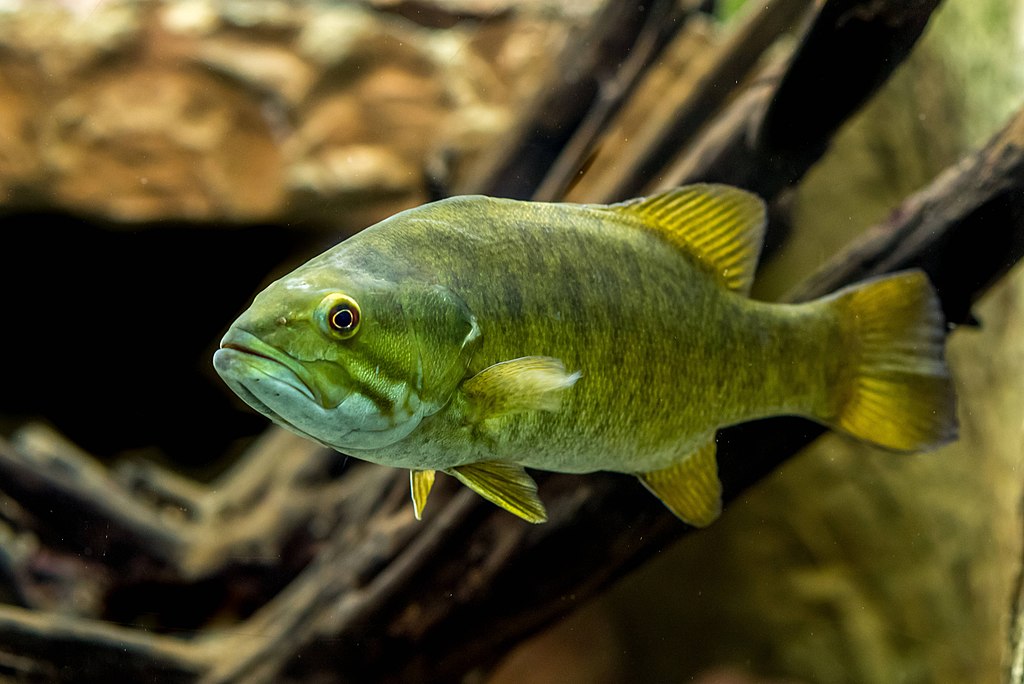













Post Comment